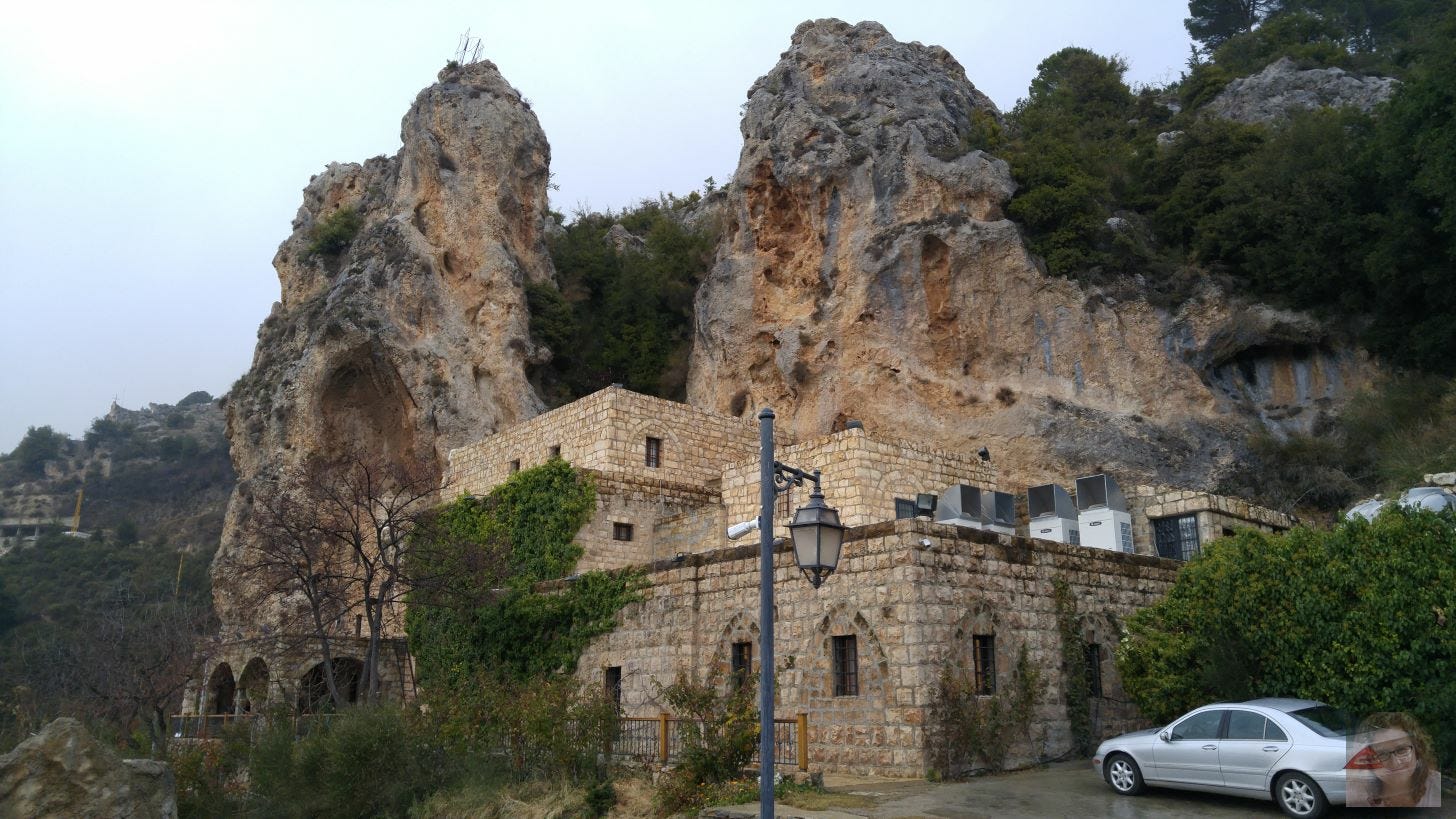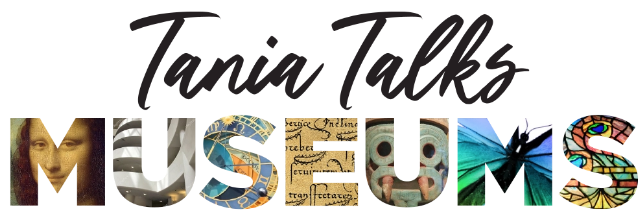-
-
-
-
Search
-
-
0
-
Shopping Cart
xProducts:0Cart Empty
-

Lebanon, My Lebanon by Tania Sammons
all rights reserved © copyright 2024
I made a pilgrimage to Lebanon in January 2018. An invitation to talk about educator Mary Haskell Minis and artist/writer Kahlil Gibran brought me to Beirut, but Kahlil’s country of origin kept me there for a week. I planned to visit the Gibran Museum, but (no surprise) I found many other museums to visit (see Part 2, forthcoming). I also fell in love with Lebanon.

The three-day conference I attended was hosted by the Lebanese American University and culminated in a day-long trip to the Gibran Museum in Bsharri, Kahlil’s hometown. We made the trek on January 6, Kahlil’s birthday. We also visited the home of writer Ameen Rihani in Freike (see part 2).
The conference organizers hired a small, well-used bus to drive us to Bsharri. The trip takes about two hours from Beirut. The outing felt festive with the anticipation of our visit—about half of our group had never been to the museum. Mustard yellow curtains, a karaoke machine and speakers added to the vibe, although none of us sang. The cushions on the bus had lost their cushion, but I didn’t mind. I felt as if I was flying as I traveled into the mountains with my fellow Gibran scholars.
The bus dropped us off at the base of a hill that led up to the museum. I recognized the site from pictures, but the experience of physically standing on the ground where Kahlil grew up was hard to describe. I couldn’t stop smiling as we ascended the paved pathway. Again, I felt like I was gliding above the ground. Visiting the site with old and new Gibran friends added to the magic.
Kahlil discussed his dream to have a museum in Bsharri with Mary many times. When he died in 1931, he left the contents of his New York studio to her, and she knew what to do. By 1932, she had sent most of his belongings, over 400 objects, to Lebanon. His sister, Marianna, assisted in the transaction. In addition to paintings and drawings, his holdings included the furnishings he used to decorate his studio, as well as his books and other personal items.

The works that illustrate The Prophet are carefully presented in a small interior gallery. I paused in this space, letting the group continue on the tour without me. I lingered a second time when I returned to the museum a few days later. My friend and colleague Glen Kalem recorded this short video in the gallery.
We ended our visit in the tomb after descending a narrow, stone staircase that emerges into a dark room. Kahlil’s casket sits in a niche in the stone wall. Nearby, more of his things are on view. Shadow images of Kahlil are projected onto the wall and floor, along with the epitaph: “I am alive like you and I now stand beside you.
”I love small, niche museums, but the Gibran Museum felt more like a homecoming. I had spent so much time reading his work, looking at his art, and studying his friend and patron Mary Haskell Minis, I felt at home. I hope to return one day when Lebanon is a safer place to visit. As Kahlil wrote in the 1920s,
“You have your Lebanon and its dilemma. I have my Lebanon and its beauty.”

Tania Talks Museums is a reader-supported publication. To receive new posts and support my work, consider becoming a free or paid subscriber.